Contact Information
Erik Frazure
Section Chief – Controlled Substance
601-420-9080
Pearl Batesville
601-420-9000 662-563-6435
Meridian Gulfport
601-483-5273 228-396-7400
The Mississippi Forensics Laboratory Controlled Substance Section performs analysis in the Main Laboratory in Pearl and the Branch Laboratories in Batesville, Meridian, and Biloxi.
The Controlled Substance Section examines evidence to determine if any controlled substances are present. In addition to controlled substance examinations the section also performs analysis for precursor chemicals used in the illegal manufacture of controlled substances as well as general chemistry examinations.
The Controlled Substance Section receives approximately 12,000 cases a year which account for approximately 50% of the cases submitted into the laboratory. The lab examines a wide variety of evidence such as plant material, liquids, powders, and rock like substances. The approximate breakdown is listed below:
The laboratory utilizes a variety of testing in order to determine if a controlled substance is present and its identity.
Presumptive examinations
Microscopic Examinations
Marijuana identification uses microscopic analysis to identify the botanical features characteristic of the marijuana plant.


Chemical Test
Chemical color test are used in the identification of powder and crystalline substances. Common test performed are the secondary amine and the cobalt thiocyanate test.
Confirmatory Examinations
Infrared Spectroscopy
Infrared spectroscopy is a technique used in the laboratory for conformation of controlled substances. The instrument makes use of infrared radiation to obtain an infrared spectrum. A substance is exposed to infrared light which causes a molecule to vibrate in a repeatable and predictable pattern. This vibration pattern is then used to produce an infrared spectrum which is used for identification.
Infrared Spectrum of Cocaine base

Gas Chromatography/Mass Spectrometry
Gas chromatography is used to separates mixtures into individual compounds based upon a compounds physical and chemical properties. These compounds are then identified using mass spectrometry. Mass spectrometry will determine the mass to charge ratio and abundance of the compound’s ion fragments. These fragments are used to produce a mass spectrum which is used for identification.
Mass Spectrum of Cocaine


